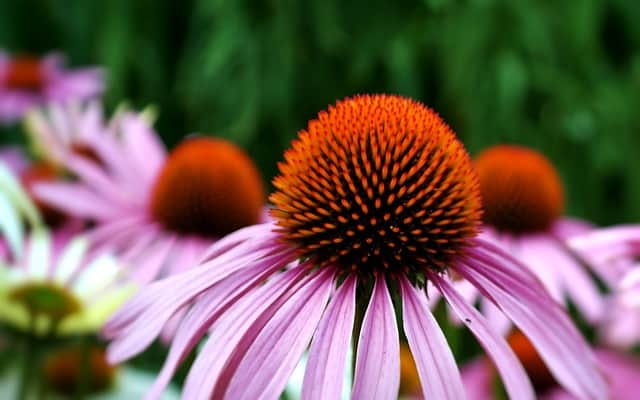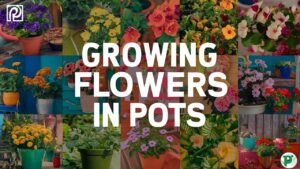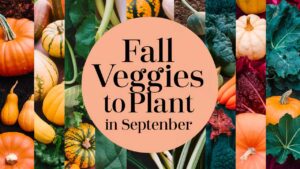If you’re a gardener looking to expand your Echinacea collection or share it with friends, understanding how to harvest Echinacea seeds is essential. This guide will take you through the process step by step, ensuring you can enjoy these beautiful flowers season after season.
Understanding Echinacea
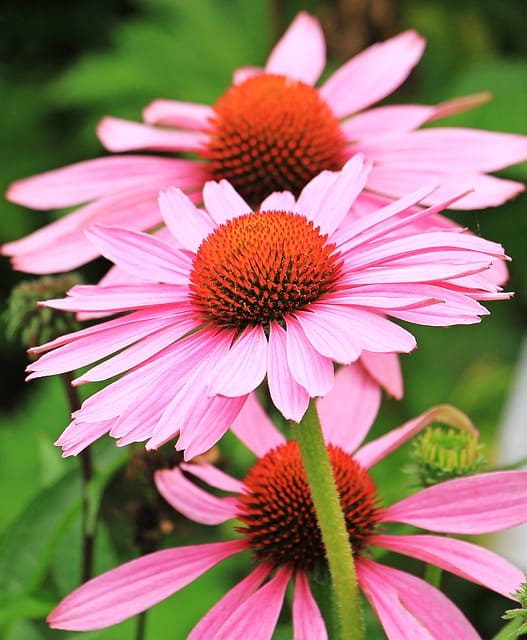
Before you start harvesting seeds, it’s helpful to have some background on Echinacea. This hardy plant, native to North America, is beloved for its daisy-like flowers, which typically bloom in mid-summer to fall. With its wide range of colors—from vibrant purple to soft pink and even white—Echinacea adds a splash of color to gardens while also attracting butterflies and bees.
Beyond its aesthetic appeal, Echinacea has medicinal properties that many have utilized for centuries. It’s commonly used to boost the immune system and reduce the severity of colds and infections. Growing your own Echinacea ensures you have a fresh supply for herbal remedies and teas.
When to Harvest Echinacea Seeds
Timing is critical when it comes to harvesting Echinacea seeds. Generally, Echinacea plants will flower from June through September, depending on the climate. Once the blooming period ends, flowers will begin to die off, and seed heads will start to form.
The best time to harvest seeds is when the petals have completely dried out and fallen off. This usually occurs in late summer to early fall, but it can vary depending on your specific growing conditions. The seed heads will turn brown and dry out, indicating that they are ready to be collected.
How to Harvest Echinacea Seeds
Follow these simple steps to successfully harvest Echinacea seeds:
1. Gather Your Supplies
Before you begin, make sure you have the following:
Garden gloves
Scissors or pruning shears
A paper bag or small container for collecting seeds
A clean, dry workspace
2. Identify the Seed Heads
Look for the dried seed heads on your Echinacea plants. They will appear brown and papery, often resembling a small cone or dome shape. Each seed head can contain numerous seeds, so it’s worthwhile to check multiple plants.
3. Cut the Seed Heads
Using your scissors or pruning shears, carefully cut off the seed heads just below the base. Aim for a clean cut to avoid damaging the plant if you want it to continue growing. Place the cut seed heads in your paper bag or container. This method helps avoid any moisture that plastic bags might cause.
4. Dry the Seed Heads
If the seed heads are not thoroughly dried, you may need to hang them upside down in a dry, warm area for a few days. This ensures that the seeds are completely dry, preventing any mold or mildew from forming.
5. Extract the Seeds
Once the seed heads are fully dried, it’s time to extract the seeds. Lightly rub the seed heads between your fingers or use a small container to shake them gently. The seeds should easily separate from the chaff.
6. Store the Seeds
After extracting the seeds, store them in a cool, dry place. An airtight container, like a glass jar or a resealable plastic bag, works well for maintaining seed viability over the season. Label your container with the date and type of Echinacea to keep track of your collection.
Tips for Success
Choose Healthy Plants: Start with vigorous, healthy Echinacea plants to ensure good seed production.
Save Seeds from Different Varieties: If you grow multiple varieties of Echinacea, remember that cross-pollination can occur, leading to mixed results. Keep seeds from each variety separate if you want to maintain distinct characteristics.
Use Fresh Seeds: Echinacea seeds generally have a better germination rate when they are used within 2-3 years of harvesting.
Growing Echinacea from Seeds
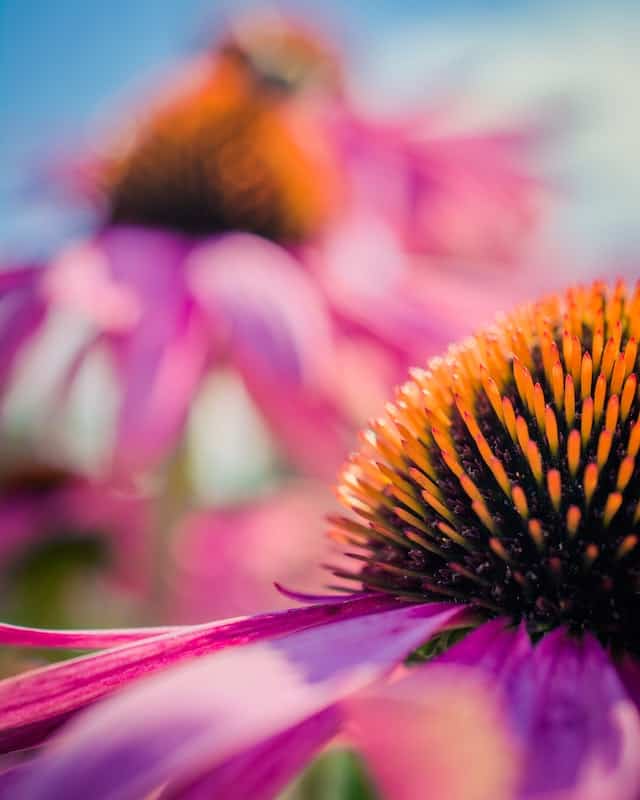
Once you’ve harvested and stored your Echinacea seeds, you can start growing them again in the spring. Echinacea seeds benefit from cold stratification, which mimics winter conditions. To prepare your seeds for planting, place them in a moist paper towel inside a plastic bag and refrigerate them for about 4-6 weeks. After cold stratification, you can sow them outdoors or indoors, depending on your climate.
Conclusion
Harvesting Echinacea seeds can be a rewarding experience, allowing you to enjoy and share the beauty and benefits of this remarkable plant. By following these steps, you’ll ensure a steady supply of seeds for your garden or for giving to friends and fellow gardeners. With a little care and attention, you can savor the delightful blooms of Echinacea for years to come.


